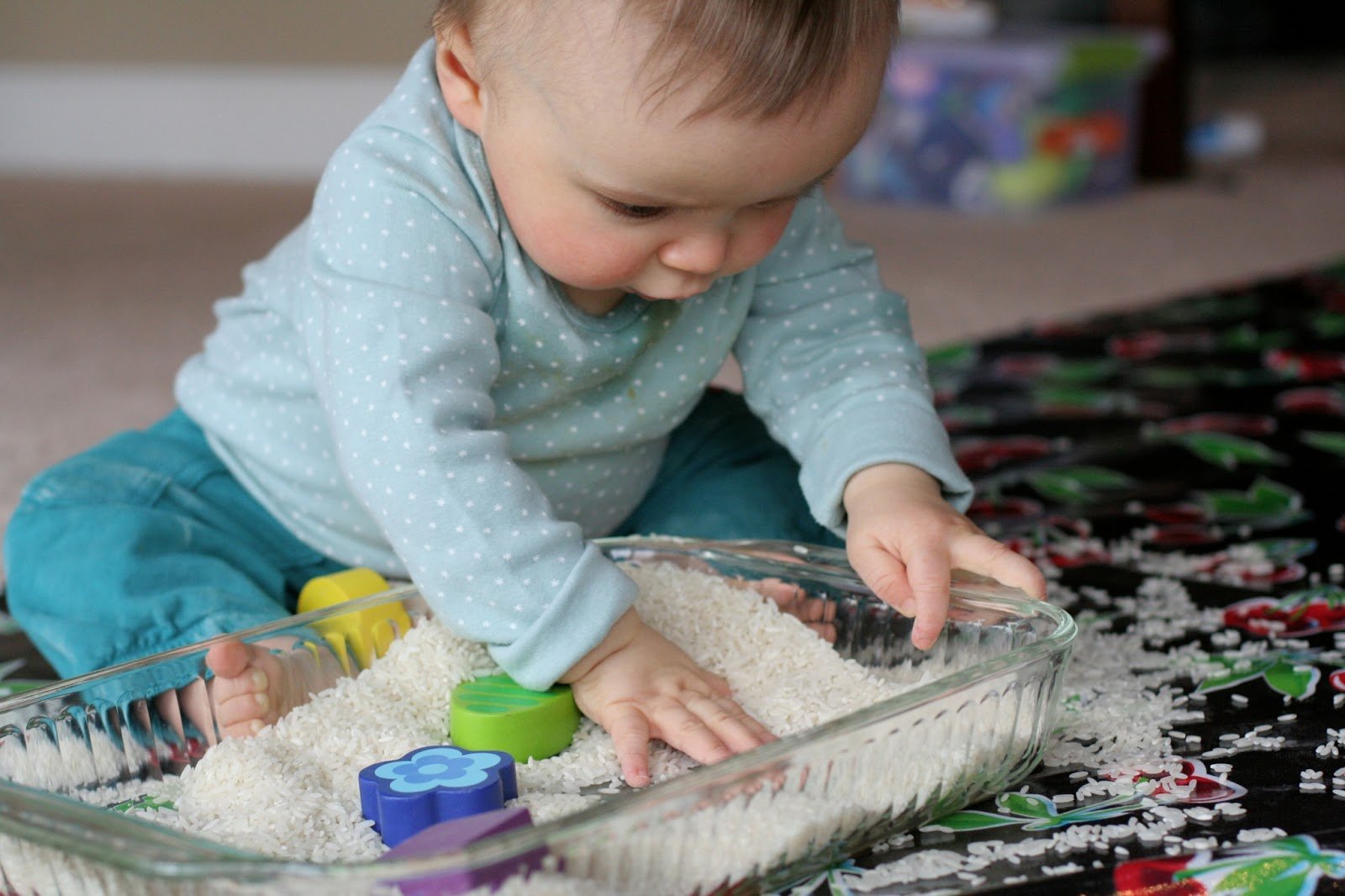Outdoor sensory play is essential for a child’s cognitive and physical development. It engages their senses—sight, touch, sound, and smell—helping them to process and understand the world around them. Creating or visiting the right play spaces allows children to explore and interact with nature, all while developing fine and gross motor skills, creativity, and social abilities.
Let’s dive into the best outdoor play spaces that encourage sensory exploration and learning.
1. Sensory Gardens
A sensory garden is designed to stimulate a child’s senses with a variety of plants and elements that appeal to sight, smell, touch, and sometimes taste.
What to Include:
- Textures: Plants with different textures, like soft moss, rough bark, or smooth leaves.
- Colors: Bright flowers, plants with colorful foliage, or even trees that change with the seasons.
- Scents: Fragrant flowers like lavender or mint, which add a layer of olfactory stimulation.
- Sound: Wind chimes or grasses that rustle in the wind can offer auditory engagement.
- Taste: Grow safe herbs or fruits that children can pick and taste.
Why It Works: Sensory gardens provide a diverse environment where children can touch, smell, see, and sometimes even taste different elements of nature. It’s a space designed to encourage sensory exploration and creativity.
2. Water Play Areas
Water is a natural sensory material that offers endless learning opportunities. Setting up a water play station, like a small pool or water table, lets children explore water’s textures and sounds while practicing motor skills.
What to Include:
- Buckets, sponges, and cups: Tools for scooping, pouring, and transferring water, enhancing coordination and control.
- Water toys: Rubber ducks, floating boats, or even containers for filling and emptying.
- Water features: Consider adding a small fountain or hose for splashing.
Why It Works: Water play engages children’s sense of touch and hearing while also being calming. It encourages children to practice both gross motor skills (like splashing) and fine motor skills (like pouring).
3. Sand Play Areas
A sandbox or sandpit is a classic sensory play space that provides tactile stimulation and encourages children to build and explore. Sand play promotes fine motor skills, creativity, and problem-solving.
What to Include:
- Shovels, buckets, and molds: Great tools for building and digging.
- Textures: Add different materials such as small rocks or shells for added sensory exploration.
- Water interaction: Introduce a hose or watering can to mix water with sand for even more tactile fun.
Why It Works: Sand play offers a combination of tactile and sensory experiences. Children can dig, scoop, build, and pour, helping to develop their motor skills and creativity.

4. Nature Trails and Forest Walks
Exploring nature trails and forests provides a full sensory experience, allowing children to engage with a wide range of natural elements. The sights, sounds, smells, and textures of the environment help develop sensory awareness.
What to Include:
- Natural items: Encourage children to touch different leaves, rocks, or tree bark.
- Wildlife: Look for animals, insects, and birds to observe, adding an auditory and visual component.
- Natural sounds: Focus on the sounds of birds chirping, leaves rustling, or running water.
Why It Works: Nature trails engage all five senses and promote curiosity and exploration. Walking through the woods or along a trail allows children to connect with nature and develop an appreciation for the outdoors.
5. Outdoor Playgrounds with Sensory Features
Many modern playgrounds now include sensory play features designed to engage children in multiple ways. From musical instruments to textured surfaces, these spaces provide a variety of sensory-rich activities.
What to Include:
- Musical elements: Drums, chimes, and bells offer auditory stimulation.
- Climbing structures: Encourage balance and coordination.
- Textured paths or rubber mats: Stimulate tactile exploration underfoot.
- Interactive features: Some playgrounds include water elements, sandboxes, or sensory panels with buttons or textures to explore.
Why It Works: These playgrounds are specifically designed to stimulate the senses and promote physical activity. They allow for free play while offering a range of sensory experiences, which is vital for development.
6. Sensory Paths or Trails
A sensory path is a unique outdoor feature that uses a series of tactile experiences along a walking route. These paths can be made with various materials to stimulate a child’s sense of touch, balance, and coordination.
What to Include:
- Different surfaces: Gravel, grass, rubber, or wooden planks for walking or running on.
- Balance elements: Logs, ropes, or stones to step on for balance practice.
- Interactive elements: Water features, musical instruments, or textured panels for exploration.
Why It Works: Sensory paths engage children’s physical and sensory skills as they navigate different surfaces and materials. They help promote motor skills, balance, and coordination in a fun, interactive way.
How to Create Your Own Outdoor Sensory Play Space
If you’re inspired to build your own outdoor sensory play space at home, here are some tips to get started:
- Use Natural Materials: Incorporate sand, water, rocks, plants, and other natural materials to create a multi-sensory environment.
- Include Movement: Add features like climbing structures, swings, or balance beams to develop coordination and strength.
- Focus on Accessibility: Ensure the space is accessible for children of all abilities by considering ramps, flat surfaces, and safe paths.
- Incorporate Quiet Zones: Create areas where children can retreat if they need a sensory break, such as shaded spots with pillows or quiet corners.
- Experiment with Textures and Colors: The more varied the textures, the better. Mix smooth, rough, soft, and bumpy surfaces to engage children’s sense of touch.
Conclusion
Outdoor sensory play is vital for a child’s development, offering opportunities for creativity, learning, and physical growth. Whether you’re visiting a sensory garden, playing in a sandpit, or exploring nature trails, these play spaces provide a rich environment for sensory exploration. With a little planning and the right tools, you can create your own sensory-rich play space at home that encourages your child’s natural curiosity and growth.









